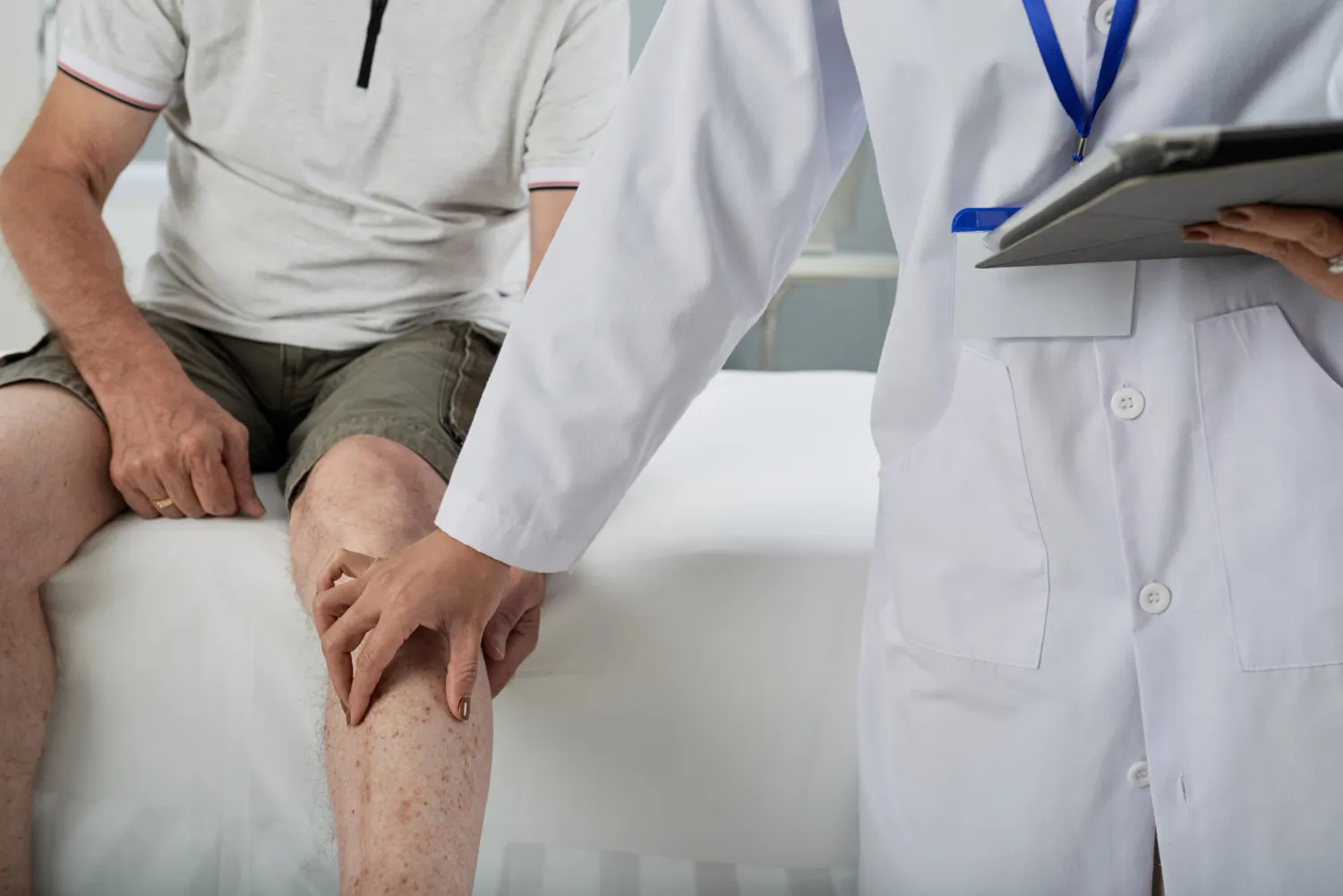
Living with sciatica can be challenging, but you don’t always need surgery to find relief. Ready to take control of your sciatica pain?
This post teaches practical ways to ease sciatica pain, improve spinal health, and prevent flare-ups without surgery.
Dive into the full post to discover actionable strategies for relief and recovery—without surgery!
Understanding Sciatica
Sciatica refers to pain that radiates along the path of the sciatic nerve, which branches from your lower back through your hips and buttocks and down each leg. Before we dive into treatments, it’s crucial to understand that sciatica is a symptom, not a condition itself.
Sciatica Treatment Options Without Surgery
Physical Therapy and Exercise
Physical therapy plays a crucial role in managing and relieving sciatica pain without the need for surgery. A licensed physiotherapist can assess your condition and address the root cause of your discomfort.
Here’s how physical therapy helps:
- Targeted Stretches: Specific stretching exercises help loosen tight muscles, particularly in the lower back, hips, and hamstrings. This improves flexibility and reduces pressure on the sciatic nerve.
- Core-Strengthening Exercises: Strengthening the core muscles (abdomen and lower back) provides better spinal support, reducing strain on the lower back and minimizing sciatic pain.
- Low-Impact Activities: Gentle activities like walking, swimming, or water aerobics improve circulation, reduce stiffness, and enhance mobility without putting excessive stress on the spine.
Hot and Cold Therapy
Alternating between heat and cold can provide quick relief:
- Use ice packs for the first 72 hours to reduce inflammation.
- Switch to heat after 72 hours to relax muscles.
- Apply for 15-20 minutes at a time.
Medication and Injections
While not a long-term solution, medication can help manage pain:
- Start with over-the-counter pain relievers.
- For severe cases, consider prescription medications like muscle relaxers or tricyclic antidepressants.
- Corticosteroid injections can provide up to 3 months of relief.
Note: Always consult your doctor before starting any new medication regimen.
Alternative Therapies
Don’t overlook the power of alternative treatments:
- Acupuncture: Stimulates pain-inhibiting nerve fibers, reduces inflammation, and promotes healing by targeting specific points on the body.
- Massage Therapy: Relaxes tight muscles, improves circulation, and reduces pressure on the sciatic nerve.
- Chiropractic Adjustments: Realigns the spine, relieves nerve compression, and improves spinal function.
- Yoga: Enhances flexibility, reduces muscle tension, and improves posture through targeted stretches and relaxation techniques.
Lifestyle Modifications
Small changes in your daily habits can prevent flare-ups:
- Maintain good posture
- Use ergonomic chairs and supportive mattresses
- Avoid prolonged sitting
- Practice stress-management techniques like meditation
Non-Surgical Spinal Decompression
Non-surgical spinal decompression gently stretches the spine to relieve pressure on the sciatic nerve, promoting pain relief and healing. It helps retract herniated discs, improve blood flow, and enhance mobility, making it an effective, non-invasive option for sciatica and lower back pain.
When to Consider Surgery
Surgery is usually not needed for sciatica, but it may be necessary if symptoms worsen. Consult a doctor immediately if you experience progressive leg weakness, loss of bladder or bowel control, or persistent pain lasting more than 12 weeks despite treatment.
Conclusion
While these non-surgical treatments often prove effective, consulting a healthcare professional is crucial. They can diagnose adequately and create a treatment plan tailored to your condition.
At Physioveda, our expert physiotherapy services provide targeted treatment plans to help manage sciatica, improve mobility, and promote long-term recovery.
